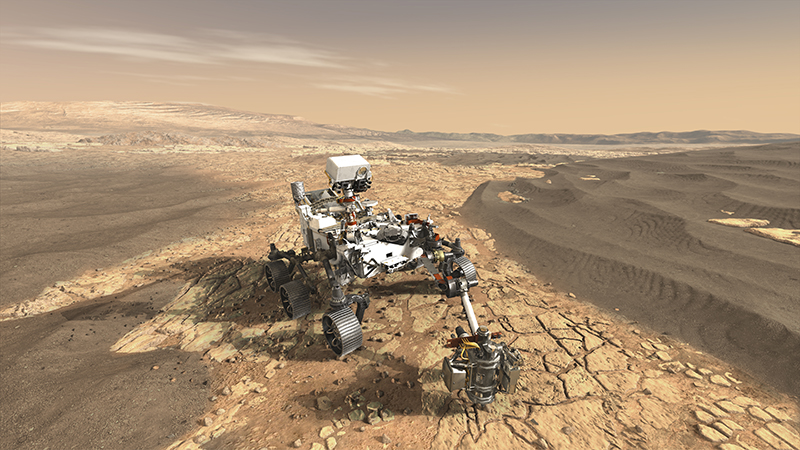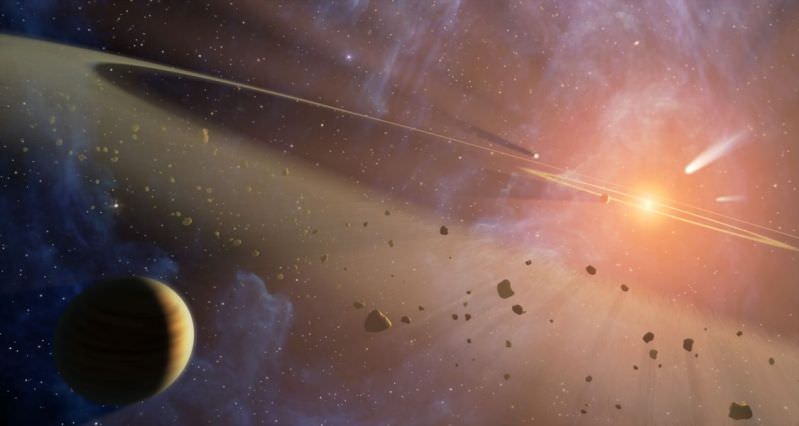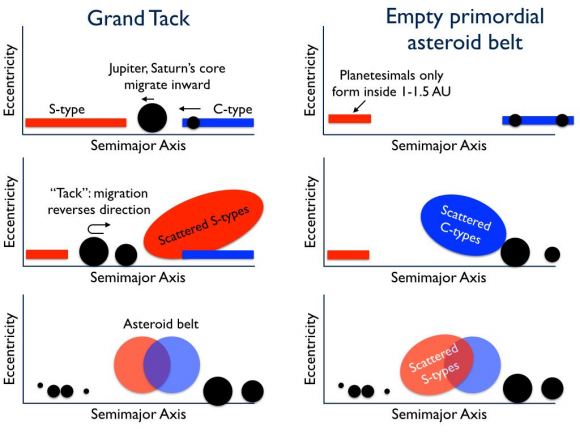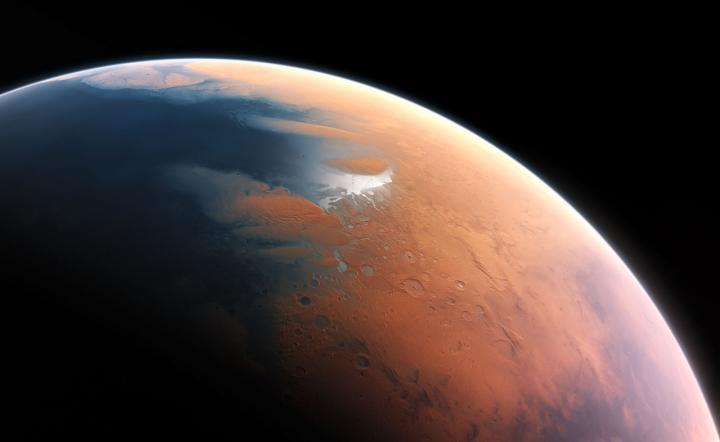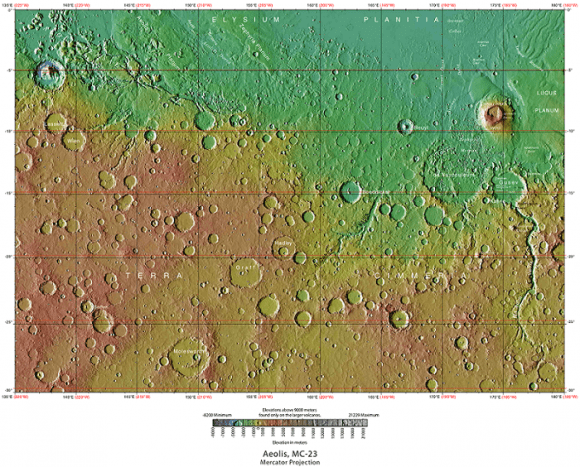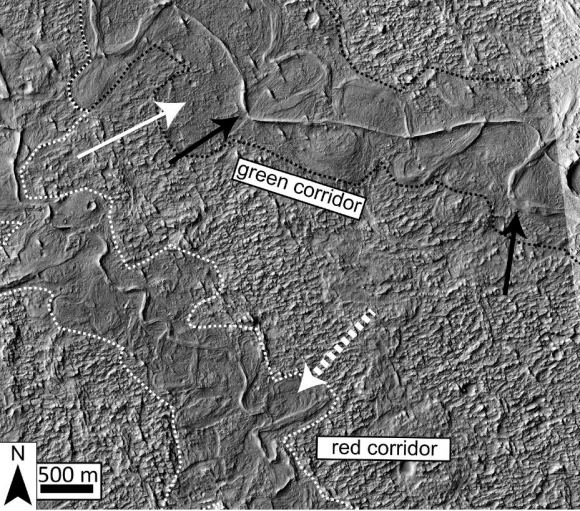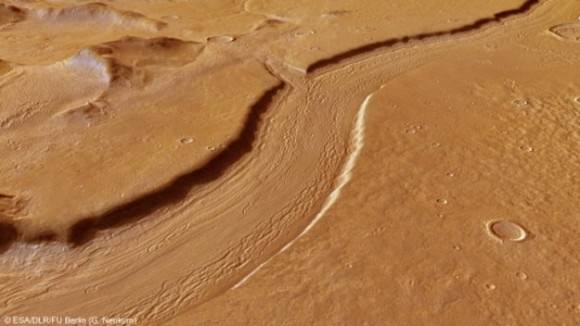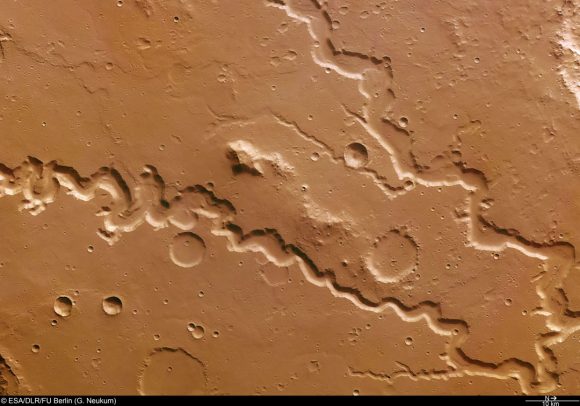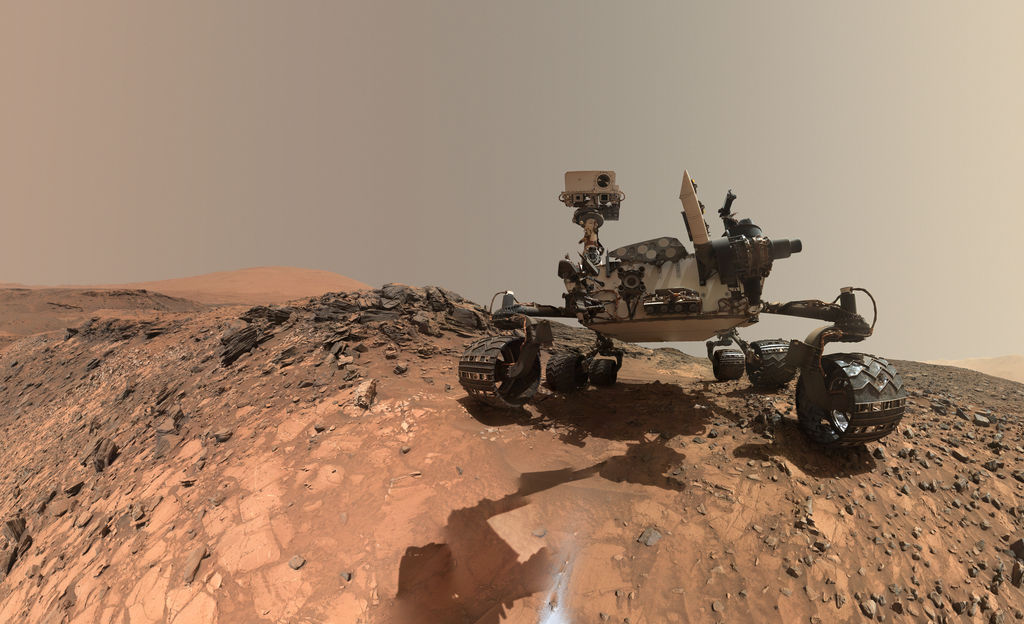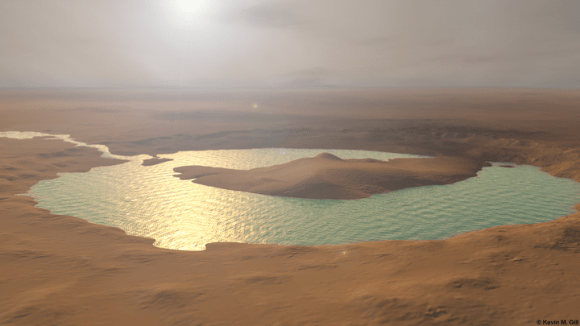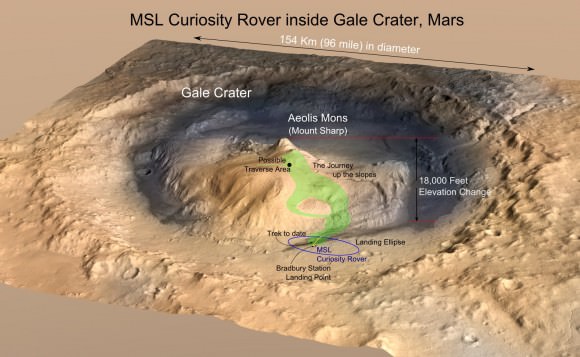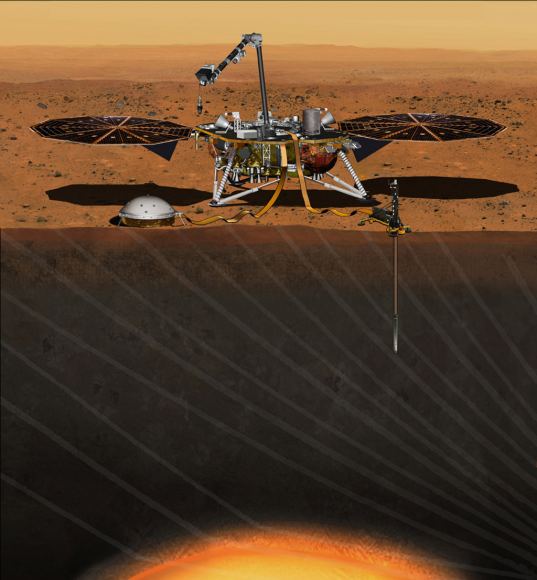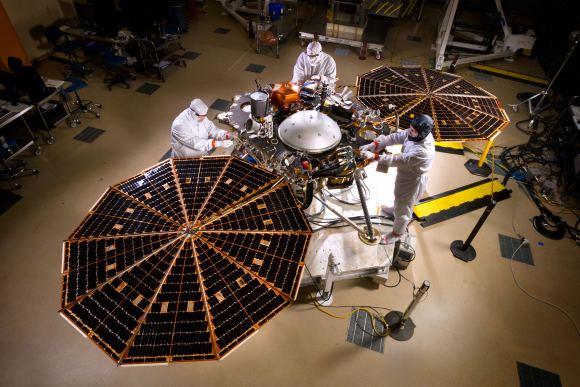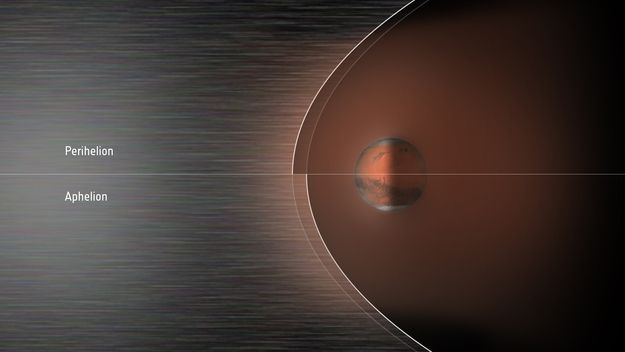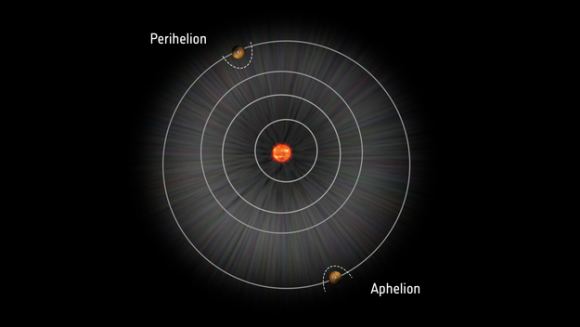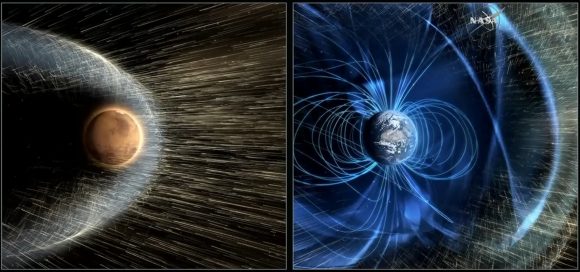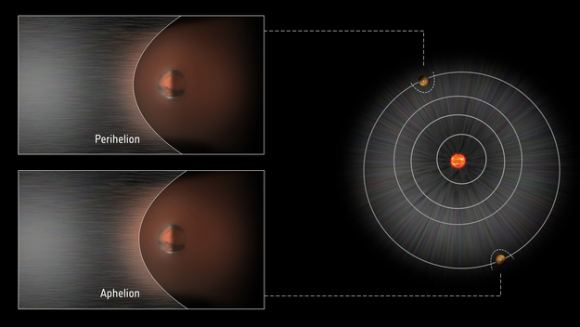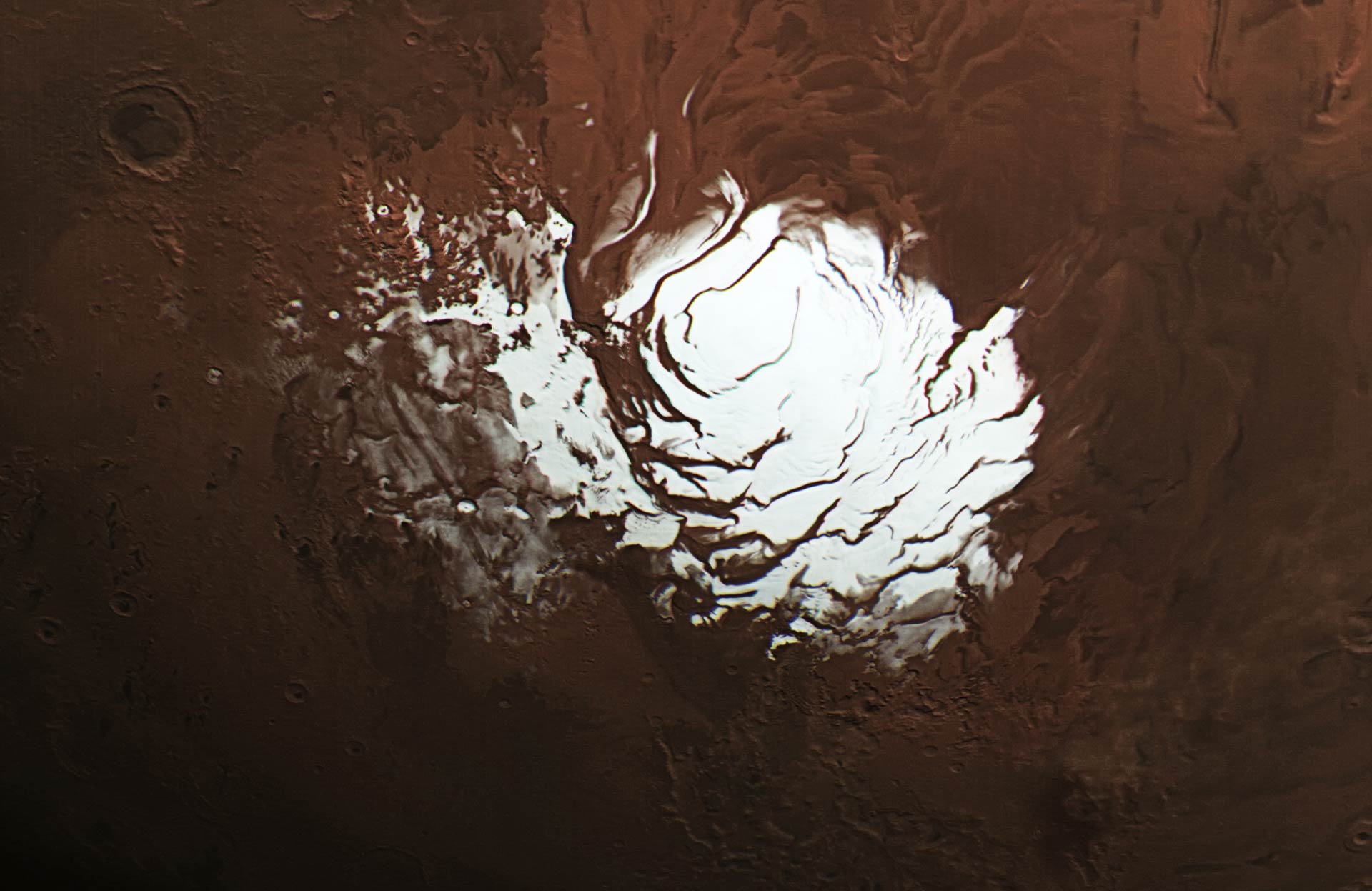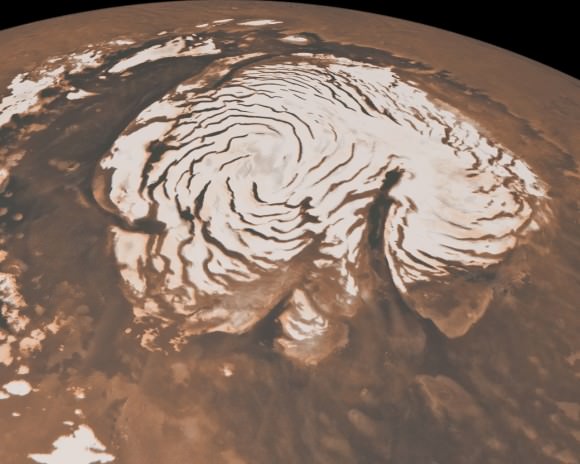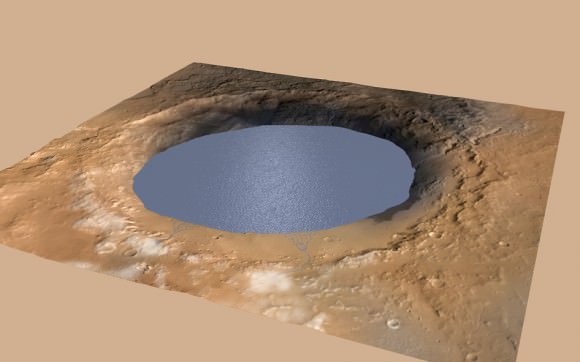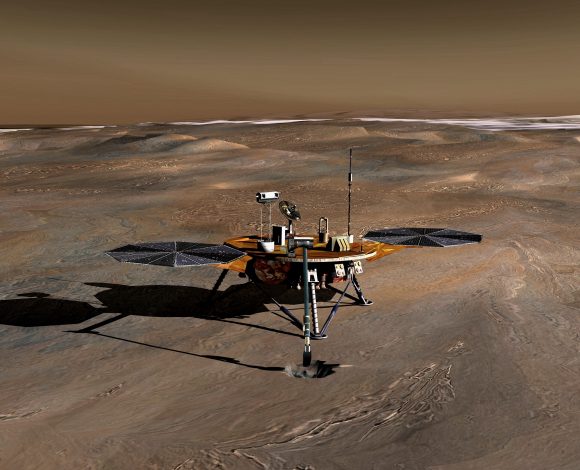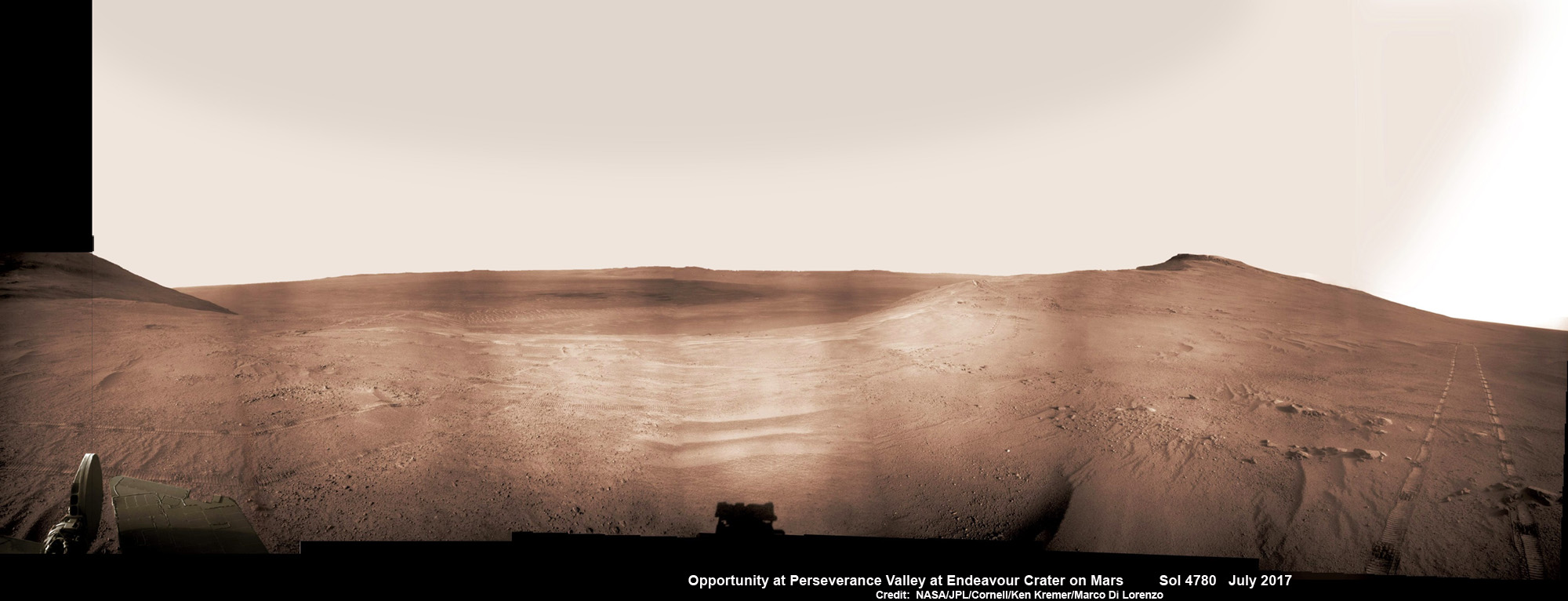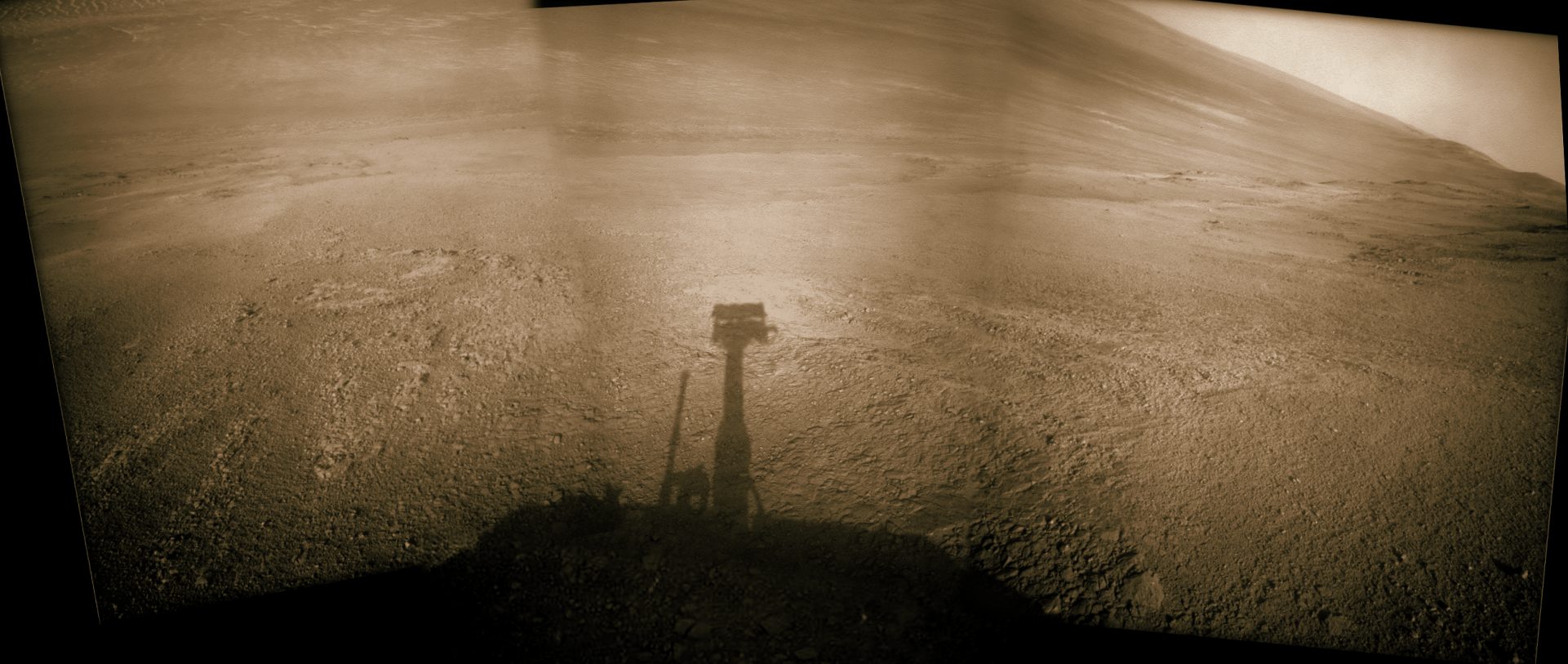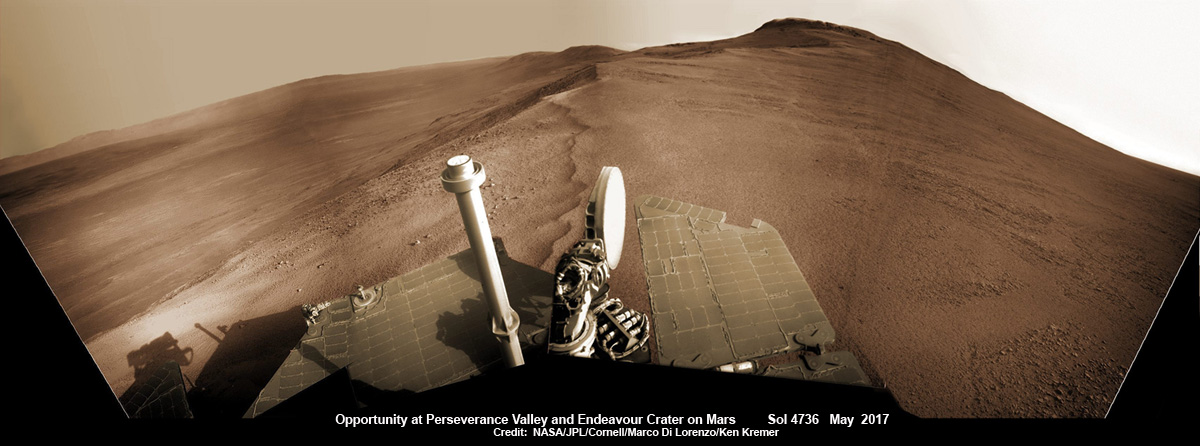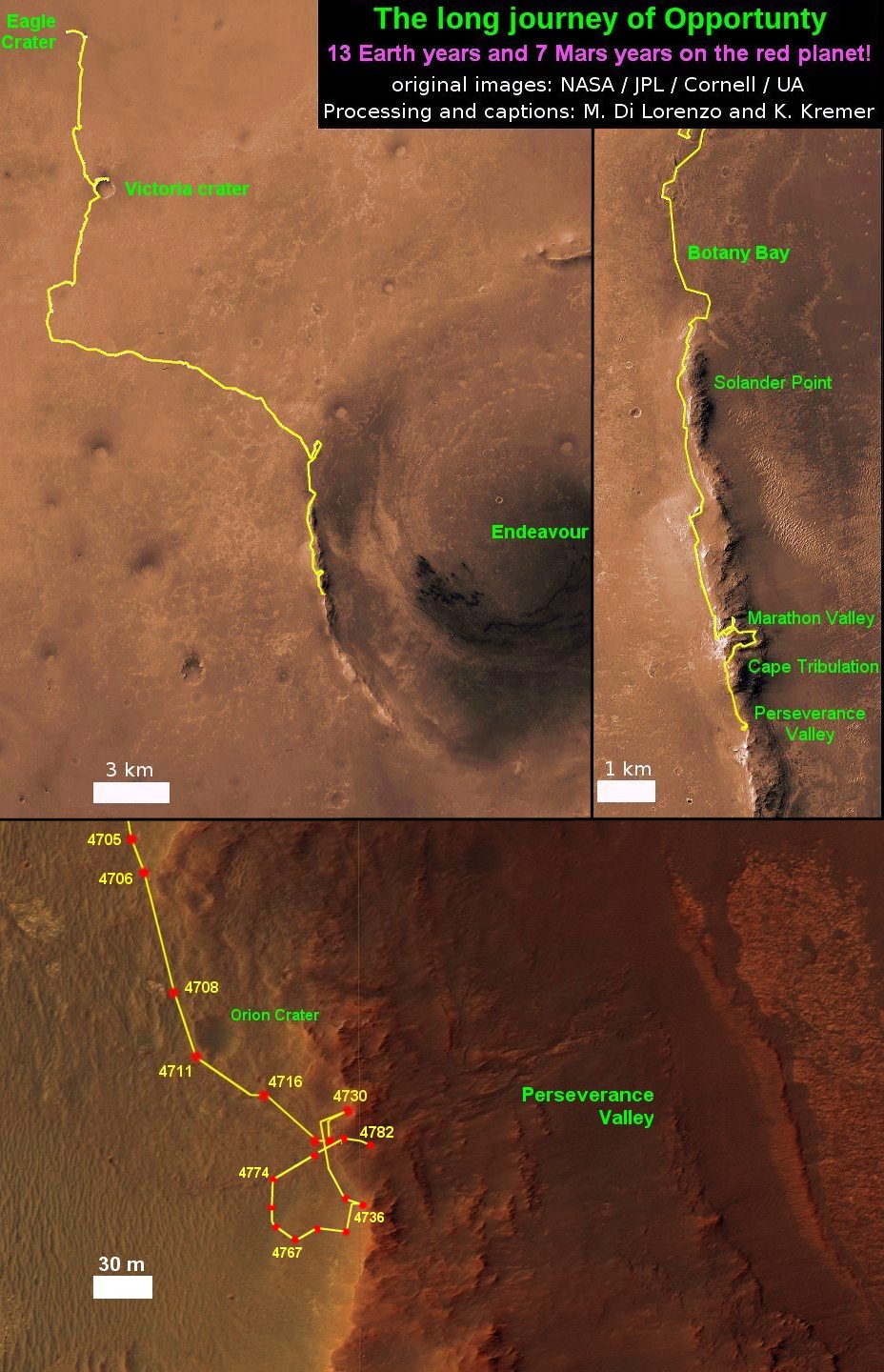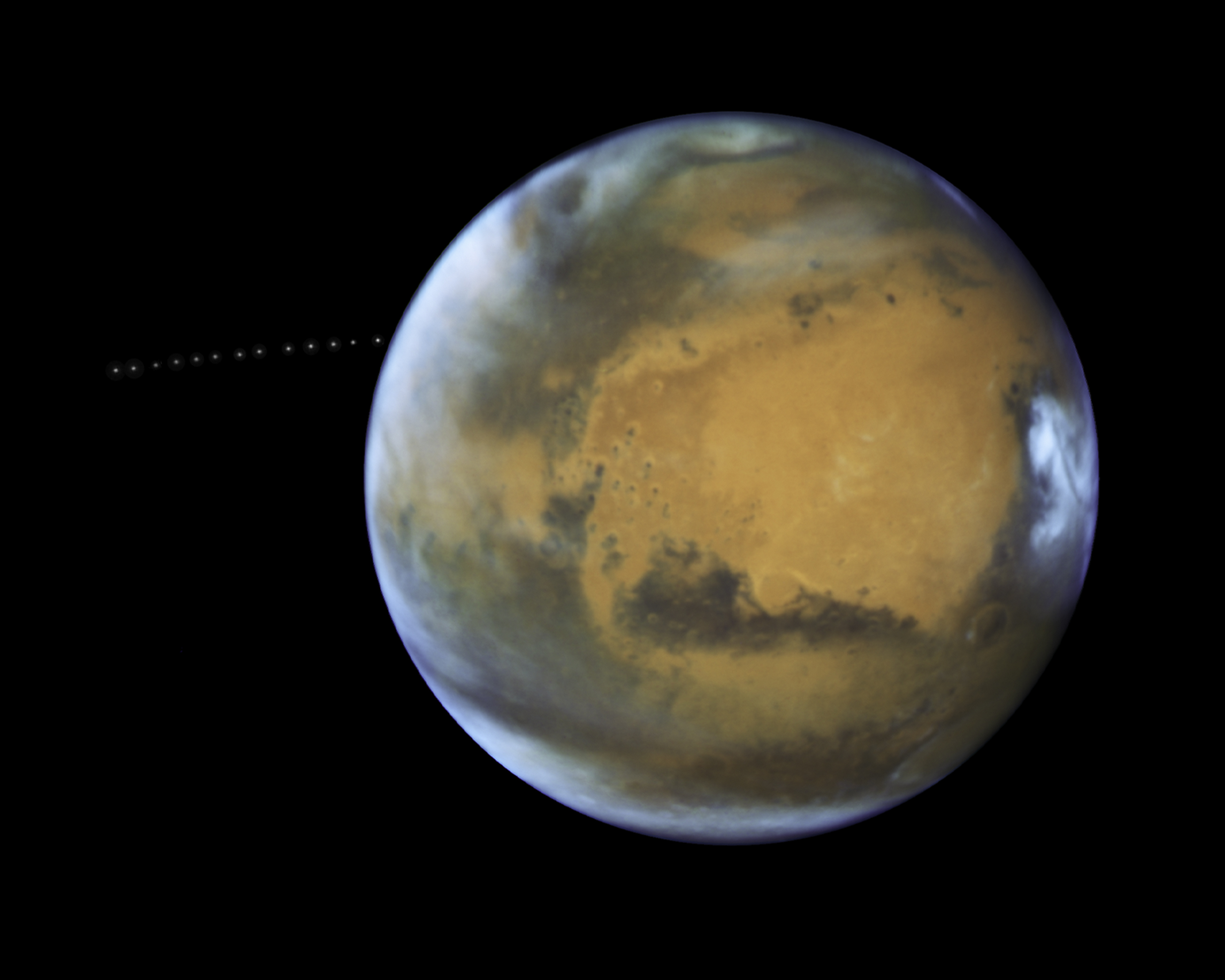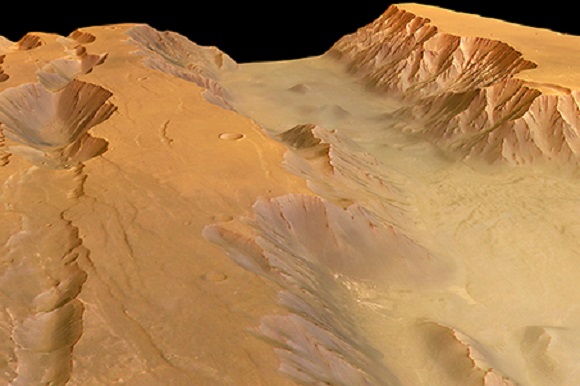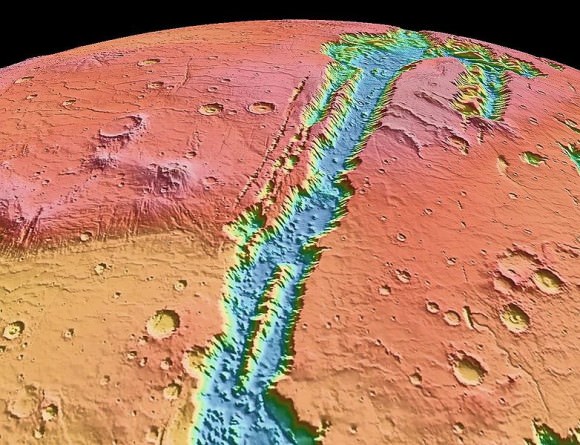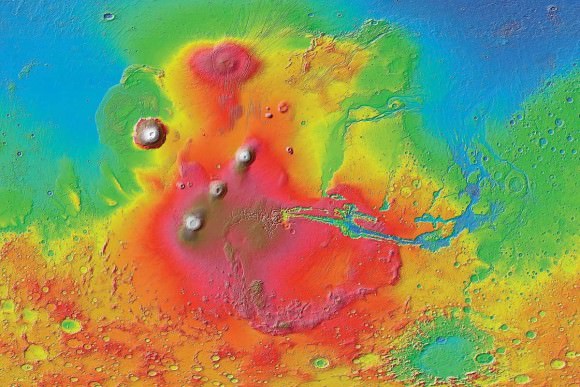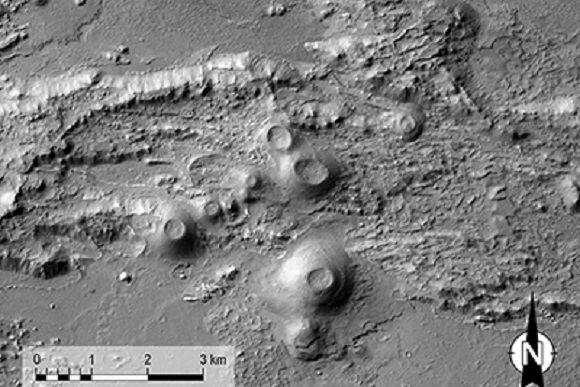Over the past few decades, our ongoing studies of Mars have revealed some very fascinating things about the planet. In the 1960s and early 70s, the Mariner probes revealed that Mars was a dry, frigid planet that was most likely devoid of life. But as our understanding of the planet has deepened, it has come to be known that Mars once had a warmer, wetter environment that could have supported life.
This in turn has inspired multiple missions whose purpose it has been to find evidence of this past life. The key questions in this search, however, are where to look and what to look for? In a new study led by researchers from the University of Kansas, a team of international scientists recommended that future missions should look for vanadium. This rare element, they claim, could point the way towards fossilized evidence of life.
Their study, titled “Imaging of Vanadium in Microfossils: A New Potential Biosignature“, recently appeared in the scientific journal Astrobiology. Led by Craig P. Marshall, an associate professor of geology at the University of Kansas, the international team included members from the Argonne National Laboratory, the Geological Technical Services Division of Saudi Aramco, the University of Liege, and the University of Sydney.
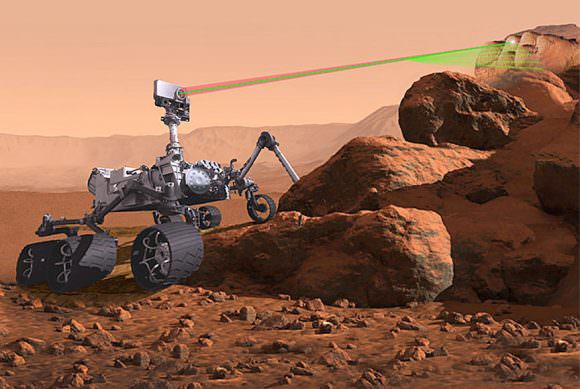
To be clear, finding signs of life on a planet like Mars is no easy task. As Craig Marshall indicated in a University of Kansas press release:
“You’ve got your work cut out if you’re looking at ancient sedimentary rock for microfossils here on Earth – and even more so on Mars. On Earth, the rocks have been here for 3.5 billion years, and tectonic collisions and realignments have put a lot of stress and pressure on rocks. Also, these rocks can get buried, and temperature increases with depth.”
In their paper, Marshall and his colleagues recommend that missions like NASA’s Mars 2020 rover, the ESA’s ExoMars 2020 rover, and other proposed surface missions could combine Raman spectroscopy with the search for vanadium to find evidence of fossilized life. On Earth, this element has been found in crude oils, asphalts, and black shales that have been formed by the slow decay of biological organic material.
“People say, ‘If it looks like life and has a Raman signal of carbon, then we have life. But, of course, we know there can be carbonaceous materials made in other processes — like in hydrothermal vents — consistent with looking like microfossils that also have some carbon signal. People also make wonderful carbon structures artificially that look like microfossils — exactly the same. So, we’re at a juncture now where it’s really hard to tell if there’s life only based on morphology and Raman spectroscopy.”
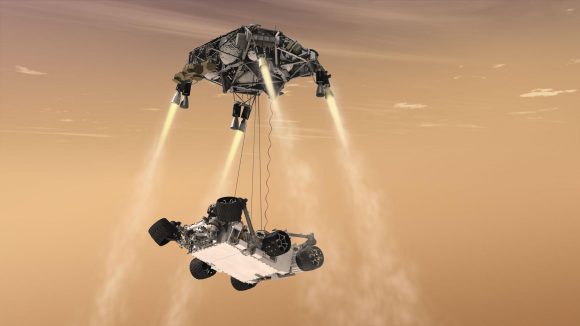
This is not the first time that Marshall and his co-authors have advocated using vanadium to search for signs of life. Such was the subject of a presentation they made at the Astrobiology Science Conference in 2015. What’s more, Marshall and his team emphasize that it would be possible to perform this technique using instruments that are already part of NASA’s Mars 2020 mission.
Their proposed method also involves new technique known as X-ray fluorescence microscopy, which looks at elemental composition. To test this technique, the team examined thermally altered organic-walled microfossils which were once organic materials )called acritarchs). From their data, they confirmed that traces of vanadium are present within microfossils that were indisputably organic in origin.
“We tested acritarchs to do a proof-of-concept on a microfossil where there’s no shadow of a doubt that we’re looking at preserved ancient biology,” Marshall said. “The age of this microfossil we think is Devonian. These guys are aquatic microorganisms — they’re thought to be microalgae, a eukaryotic cell, more advanced than bacterial. We found the vanadium content you’d expect in cyanobacterial material.”
These microfossilized bit of life, they argue, are probably not very distinct from the kinds of life that could have existed on Mars billions of years ago. Other scientific research has also indicated that vanadium is the result of organic compounds (like chlorophyll) from living organisms undergoing a transformation process caused by heat and pressure (i.e. diagenetic alteration).
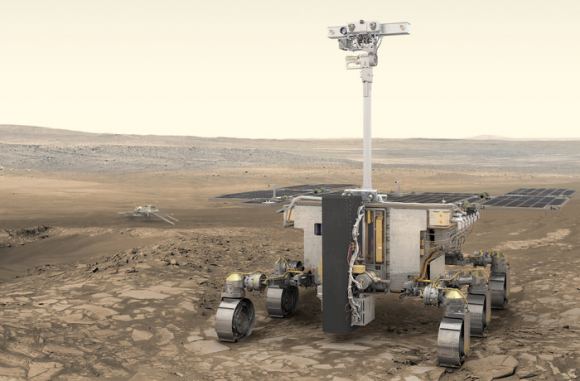
In other words, after living creatures die and become buried in sediment, vanadium forms in their remains as a result of being buried under more and more layers of rock – i.e. fossilization. Or, as Marshall explained it:
“Vanadium gets complexed in the chlorophyll molecule. Chlorophylls typically have magnesium at the center — under burial, vanadium replaces the magnesium. The chlorophyll molecule gets entangled within the carbonaceous material, thus preserving the vanadium. It’s like if you have a rope stored in your garage and before you put it away you wrap it so you can unravel it the next time you need it. But over time on the garage floor it becomes tangled, things get caught in it. Even when you shake that rope hard, things don’t come out. It’s a tangled mess. Similarly, if you look at carbonaceous material there’s a tangled mess of sheets of carbon and you’ve got the vanadium mixed in.”
The work was supported by an ARC International Research Grant (IREX) – which sponsors research that seeks to find biosignatures for extracellular life – with additional support from the Australian Synchrotron and the Advanced Photon Source at the Argonne National Laboratory. Looking forward, Marshall and his colleagues hope to conduct further research that will involve using Raman spectroscopy to study carbonaceous materials.
At present, their research appears to have attracted the interesting of the European Space Agency. Howell Edwards, who also conducts research using Raman spectroscopy (and who’s work has been supported by an ARC grant), is part of the ESA’s Mars Explorer team, where he is responsible for instrumentation on the ExoMars 2020 rover. But, as Marshall indicated, the team also hopes that NASA will consider their study:
“Hopefully someone at NASA reads the paper. Interestingly enough, the scientist who is lead primary investigator for the X-ray spectrometer for the space probe, they call it the PIXL, was his first graduate student from Macquarie University, before his KU times. I think I’ll email her the paper and say, ‘This might be of interest.’”
The next decade is expected to be a very auspicious time for exploration missions to Mars. Multiple rovers will be exploring the surface, hoping to find the elusive evidence of life. These missions will also help pave the way for NASA’s crewed mission to Mars by the 2030s, which will see astronauts landing on the surface of the Red Planet for the first time in history.
If, in fact, these missions find evidence of life, it will have a profound effect on all future mission to Mars. It will also have an immeasurable impact on humanity’s perception of itself, knowing at long last that billions of years ago, life did not emerge on Earth alone!
Further Reading: University of Kansas, Astrobiology

